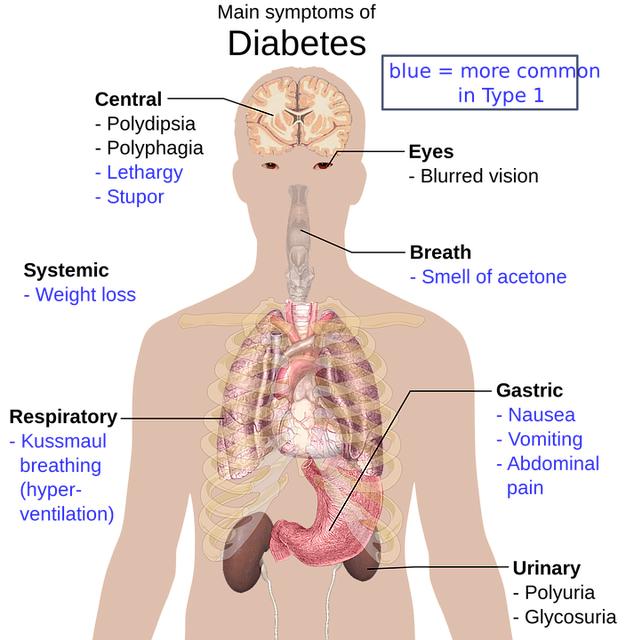
Diabetes is a chronic condition that affects millions of people worldwide. One of the many complications associated with diabetes is diabetic eye disease, which can lead to serious vision loss if left untreated. Understanding the symptoms, treatments, and prevention strategies for diabetic eye disease is crucial for individuals living with diabetes.
Symptoms of Diabetic Eye Disease
Diabetic eye disease refers to a group of eye conditions that are caused by diabetes. The most common form of diabetic eye disease is diabetic retinopathy, which affects the blood vessels in the retina. This condition can cause vision loss and blindness if not treated promptly.
The symptoms of diabetic retinopathy may include:
– Blurred or distorted vision
– Floaters or dark spots in the field of vision
– Difficulty seeing at night
– Loss of peripheral vision
– Changes in color perception
Another common condition associated with diabetes is diabetic macular edema, which occurs when fluid leaks into the macula, the part of the retina responsible for sharp central vision. This can cause swelling and distortion of the central vision, making it difficult to read or recognize faces.
Other less common forms of diabetic eye disease include cataracts and glaucoma, both of which can also be exacerbated by diabetes. Cataracts cause clouding of the lens of the eye, leading to blurred vision, while glaucoma causes damage to the optic nerve, resulting in gradual vision loss.
Treatments for Diabetic Eye Disease
Early detection and treatment of diabetic eye disease are essential for preserving vision and preventing further damage. The first step in treating diabetic eye disease is to manage blood sugar levels through diet, exercise, and medication. It is also important to control blood pressure and cholesterol levels, as these can also contribute to eye complications.
In cases of diabetic retinopathy, treatment may involve laser therapy to seal leaking blood vessels or reduce the growth of abnormal blood vessels. Another option is intravitreal injections of anti-VEGF medication, which can help reduce swelling and improve vision.
For diabetic macular edema, treatment may include injections of corticosteroids or anti-VEGF medication to reduce inflammation and prevent fluid leakage. In some cases, a surgical procedure called vitrectomy may be necessary to remove scar tissue and blood from the eye.
For cataracts, the standard treatment is to remove the clouded lens and replace it with an artificial lens. This procedure is safe and effective, with a high success rate in restoring vision.
For glaucoma, treatment may involve eye drops to reduce intraocular pressure, laser therapy to improve drainage of fluid from the eye, or surgical procedures to create a new drainage system.
Prevention of Diabetic Eye Disease
Preventing diabetic eye disease begins with proper management of diabetes and regular eye exams. Individuals with diabetes should have a comprehensive eye exam at least once a year to detect any signs of eye disease early on.
In addition to regular eye exams, maintaining a healthy lifestyle can help reduce the risk of diabetic eye disease. This includes eating a balanced diet rich in fruits and vegetables, exercising regularly, and avoiding smoking.
Controlling blood sugar levels is also crucial for preventing diabetic eye disease. Individuals with diabetes should monitor their blood sugar levels closely and follow their healthcare provider’s recommendations for managing their condition.
Finally, individuals with diabetes should be aware of the symptoms of diabetic eye disease and seek prompt medical attention if they experience any changes in their vision. Early detection and treatment can help preserve vision and prevent further damage to the eyes.
In conclusion, diabetic eye disease is a serious complication of diabetes that can lead to vision loss and blindness if left untreated. Understanding the symptoms, treatments, and prevention strategies for diabetic eye disease is essential for individuals living with diabetes. By managing blood sugar levels, attending regular eye exams, and adopting a healthy lifestyle, individuals can reduce their risk of developing diabetic eye disease and protect their vision for years to come.












